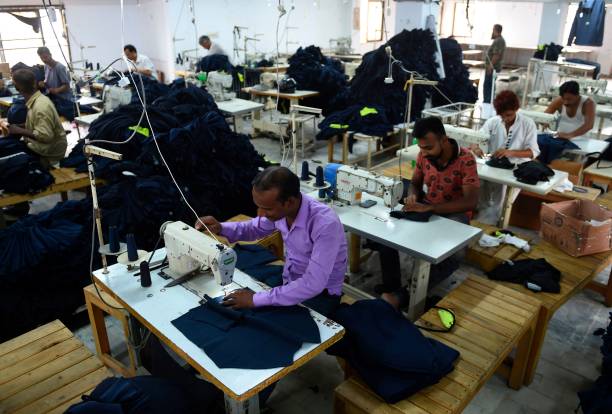Four Asian nations to lose $65bn this decade as heat and flooding shock clothing industry
Researchers call on brands to invest in adaptation measures instead of mitigation
Extreme heat and flooding could erase $65bn in apparel export earnings from four Asian countries by 2030 as it jeopardises the health of the workers, new research has revealed.
The slow growth from extreme climate conditions will also result in one million fewer jobs being created, found the study by Cornell University and Schroders.
The research mapped out the climate vulnerability of 32 apparel production hubs of six global brands in Bangladesh, Cambodia, Pakistan and Vietnam. It found flooding and heat pose material risks to entire fashion industry, leading to a 22 per cent decline in export earnings.
These projections are expected to rise significantly by 2050, representing about 69 per cent in foregone export earnings and 8.64 million fewer jobs, warned the researchers.
But brands, investors or regulators are not prioritising in planning for these risks in the countries that collectively represent 18 per cent of global apparel export due to the industry’s focus on mitigation rather than adaptation measures, said the study.
“Flooding and extreme heat pose significant risk to every constituency in global apparel production – workers, manufacturers, regulators, investor and brands themselves,” said Jason Judd, executive director of Cornell University’s Global Labour Institute.
“But no one is factoring the on-the-ground costs of climate breakdown into their planning. The apparel industry and regulators have mostly framed their climate responses around mitigation issues – emissions, water usage, and recycled fabrics,” he said, explaining how climate “loss and damage” for manufacturers and workers are treated by brands as someone else’s problems.
“They are ignoring the climate issues that are dramatically and directly affecting suppliers and their workers now.”
This is also in part because research around climate-related physical risks to companies is in its infancy, with few businesses disclosing enough information and few investors undertaking proper assessments.

“There is so little data on this... There are some brands not disclosing the factory locations of their suppliers,” said Angus Bauer, Schroders’ head of sustainable investment research.
Mr Bauer said Schroders, which manages more than $874bn in assets, would increase engagement with companies over their disclosures.
One of the measures he and Mr Judd suggested is ensuring brands and retailers invest in adaptation, such as investing in cooler workplaces, flood prevention and social protection systems.
“Key will be introducing set standards and protocols for working hours, effort levels, rest and hydration to be collected and reported daily, as well as enforcing meaningful sanctions for violations of standards,” said Mr Judd.
“Workers need these investments now because extreme heat standards and flood protections are non-existent, or the systems are easy to game. And, in order to deal with the day-to-day costs of climate breakdown, workers need social protection systems in place and living wages. And ultimately, regulators and brands need to treat heat and flood events as health hazards.”
Join our commenting forum
Join thought-provoking conversations, follow other Independent readers and see their replies
Comments


Bookmark popover
Removed from bookmarks